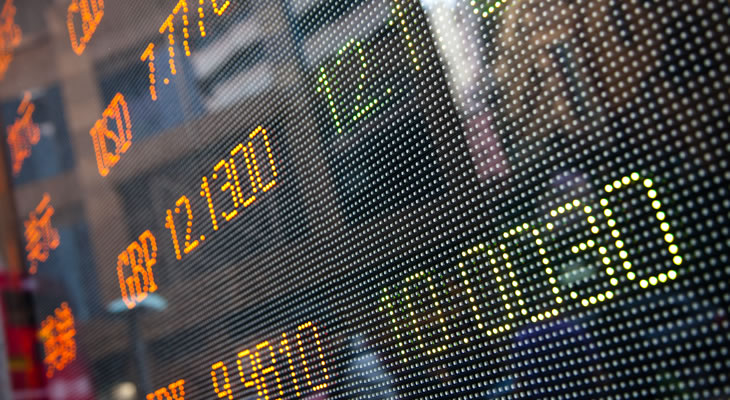Pound to Australian Dollar Exchange Rate Outlook Stronger amid Brexit Hopes
A combination of Brexit hopes and risk-aversion have left the Pound Sterling to Australian Dollar (GBP/AUD) exchange rate one of the strongest Pound (GBP) pairings this week. Even though the pair struggles to hold its best levels, it is still on track for strong gains.
After opening this week at the level of 1.7790, GBP/AUD spent most of the week climbing. On Thursday evening, GBP/AUD touched on a high of 1.8097 – a fortnight high over two cents above the week’s opening levels.
Since then though, stronger US-China trade hopes have supported riskier trade-correlated currencies like the Australian Dollar (AUD) slightly, and GBP/AUD has slipped to trend nearer the level of 1.8015 at the time of writing on Friday.
With Brexit uncertainties persisting, the Pound’s modest rally this week has seemingly run out of steam for now.
After selling riskier currencies like the ‘Aussie’ for most of the week, the currency rebounded on Friday when investors were more eager to buy it back from its lows.
Pound (GBP) Exchange Rate Rally Cools as Brexit Talks Remain at an Impasse
Earlier in the week, the UK government’s long-negotiated UK-EU Brexit deal was soundly defeated in Parliament by a majority of over 200, making it the biggest House of Commons defeat for a government position in history.
Since then though, investors have been buying the Pound amid hopes that the government could be pressured by Parliament to either have an even softer Brexit.
Speculation of the possibility of a second Brexit referendum of some kind have also risen, with a Conservative backbencher, Sarah Wollaston, pledging to table an amendment giving MPs a vote on whether to hold a second referendum.
The government has been focused on cross-party negotiations though, and these talks have been perceived as having mixed success so far.
Party leaders appear to be holding positions, with the Labour Party currently refusing to enter talks until the government rules out the possibility of a worst-case scenario No-deal Brexit.
Essentially, the Pound’s gains on hopes for a softer Brexit are limited, as there is still no clarity on how the Brexit process could possibly turn out.
Australian Dollar (AUD) Exchange Rate Rebounds on New US-China Trade Hopes
For most of the week, investors sold the relatively risky trade-correlated Australian Dollar, as the US Dollar (USD) saw stronger demand.
The US Dollar is a safe haven currency and was more appealing this week as the currency’s recent selloff on low Federal Reserve interest rate hike bets came to an end.
A brief risk-off movement near the end of the week saw the Australian Dollar extending its losses, as US authorities revealed they had opened a criminal probe into Huawei. As Huawei is a Chinese global tech giant, this news was perceived as worsening US-China trade tensions.
However, this move was somewhat reversed on Friday, amid news that the US was considering lifting trade tariffs on China.
US Treasury Secretary Steven Mnuchin indicated that tariffs could be lifted to calm markets and give China more incentive to make concessions in trade talks. The news bolstered risk-sentiment at the end of the week and left the Australian Dollar slightly stronger.
Pound to Australian Dollar (GBP/AUD) Exchange Rate Outlook Depends on Political Developments
Rather than data, the Pound to Australian Dollar (GBP/AUD) exchange rate has been driven by political developments lately – both domestic and global.
The Pound has been stronger on hopes that the Brexit process can be softened in some way, while the Australian Dollar has been influenced by market sentiment regarding US-China trade tensions.
This is likely to continue in the coming week, particularly as the end of January approaches and time continues to run out on the Brexit clock.
Pound investors are increasingly expecting the UK government to announce that the formal Brexit date will be delayed beyond its current 29th of March date. If this happens, the Pound may find some relief and rise.
Any signs that a softer Brexit or second referendum are becoming more likely could also bolster demand for the Pound.
The Australian Dollar, on the other hand, will see further strength if there are notable developments in US-China trade talks.
Next week’s Australian data includes CommBank’s Australian PMIs for January, as well as December’s key job market results. These could influence the Pound to Australian Dollar (GBP/AUD) exchange rate if they surprise investors.


Comments are closed.